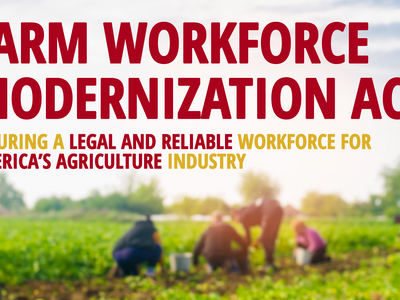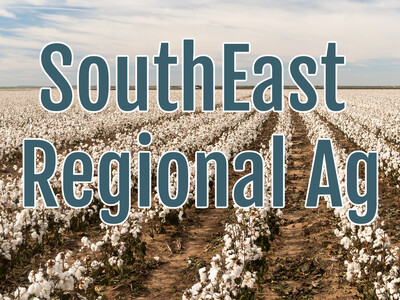Food Security in children
Part of an annual USDA Household Food Security Report report issued by the Agriculture Department looking at household food security in the U.S focuses on children and food security levels. times during the year when households were unable to provide adequate, nutritious food for children. In 2019 six point five percent of U.S. households had food insecurity among children. “This wasn’t statistically different from 2018, but we've continued to see a decline over the years and the prevalence of food insecurity among children from the Great Recession.” A similar year over year trend was recorded in cases where both children and adults in households suffered very low food security. In 2019, very low food security, point six percent of all U.S. households with children and that was unchanged from 2018 that point six percent is down from the highs that we saw during the Great Recession.Various household characteristics are also examined as part of the annual report. “Those include household composition. So single parents married parents, households with children, households without children. We also look at race and ethnicity of household heads, and we examine food insecurity by household income as well.” Coleman Jensen notes similar patterns over years within this year's edition. “So, for example, we tend to see somewhat higher food insecurity rates for single parent households. And particular female headed households with children are single mother households. We also see somewhat higher food insecurity rates for single fathers with children, and we see somewhat higher food insecurity rates for women and men living alone abroad.

















